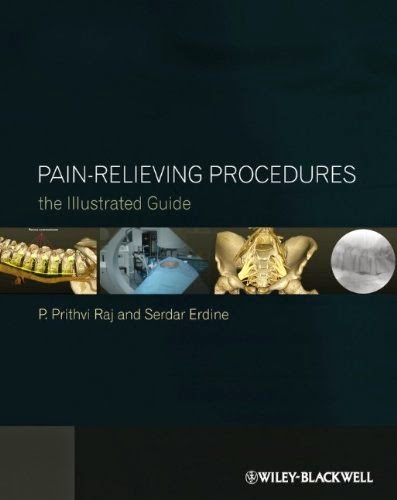Ideally suited for students in critical care rotations and residents, this concise, practical handbook presents the essentials of medical and surgical critical care in an easy-to-read format. The authors succinctly explain the pathophysiology underlying clinical disorders and the key principles of diagnosis and patient management, emphasizing cost-effective approaches.
The Fourth Edition includes Controversies in Critical Care boxes in many chapters, which briefly summarize opposing arguments on controversial points. Other highlights include enhanced discussion of CT for abdominal disorders, new ACLS guidelines, and new material on removable IVC filters, interventional radiologic techniques for GI bleeding, and use of vascular ultrasound.








